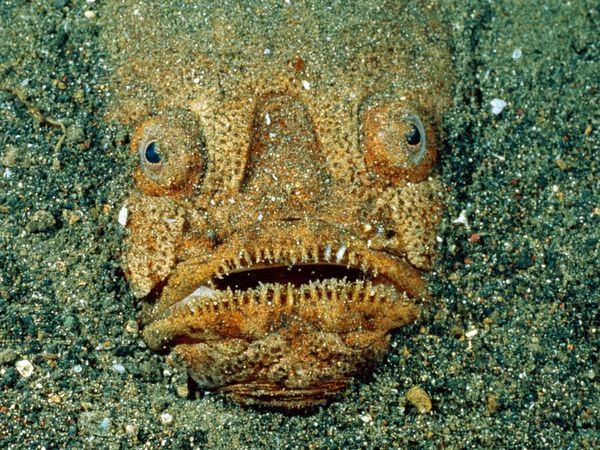Discover the treacherous world beneath the ocean’s surface as we delve into the deadly realm of aquatic predators. From the venomous lionfish to the stealthy great white shark, this article explores the unique traits that make these fish rulers of the underwater food chain. Whether you’re a marine enthusiast, diver, or simply curious, join us on this journey to understand the perils lurking in the depths.

Exploring Fish Danger Levels
Understanding the danger levels of fish involves more than just aggression. This section highlights the various factors, such as aggressiveness, venom, and size, contributing to a fish’s threat level. Not all dangerous fish are aggressive; some rely on venom or sheer strength to establish themselves as formidable predators.
Top Dangerous Fish: A Deep Dive into Aquatic Assassins
1. Pufferfish: The Culinary Danger
Explore the lethal world of the pufferfish, a seemingly harmless creature turned deadly with its potent toxin, tetrodotoxin. Delve into its role as a culinary delicacy in Japan and the risks associated with its preparation.
2. Red Lionfish: Beauty with Venom
Uncover the hidden dangers behind the captivating beauty of the red lionfish. Learn about its venomous spines, invasive nature, and the impact it has on local reef ecosystems.
3. Wels Catfish: Giant of European Waters
Meet the Wels catfish, one of the largest in its family, and understand its unique diet and interactions with humans. Despite its intimidating size, learn why this giant is rarely a threat to people.
4. Stonefish: The Master of Camouflage
Explore the deadly stonefish, recognized as the most venomous fish globally, and its remarkable ability to blend in with rocks and coral. Discover the potential dangers it poses to unsuspecting swimmers.
5. Great White Shark: Apex Predator of the Ocean
Dive into the world of the great white shark, an apex predator with unparalleled speed and hunting strategies. Understand the reality of shark attacks on humans and the importance of their conservation.
READ ALSO: Navigating Idaho’s Charm: Avoiding Risk in Choosing Your Home
Balancing Perception
This part explains how aggressiveness, venom, and size play significant roles in determining a fish’s danger level. Using examples like piranhas, lionfish, and great white sharks, readers gain insights into the diverse ways these creatures pose threats.
While it’s crucial to recognize the risks associated with dangerous fish, this segment emphasizes the importance of accurate knowledge. Overestimating risks can lead to misinformation, and a balanced perspective ensures safer interactions with these remarkable aquatic creatures. Knowledge not only safeguards human lives but also contributes to the conservation of essential marine ecosystems.
READ ALSO: Exploring North Carolina’s Safety Landscape: A Close Look at Its Most Challenging Cities



